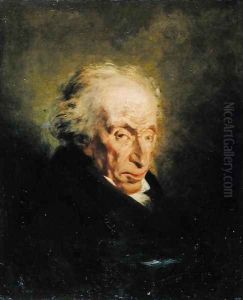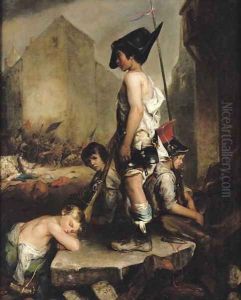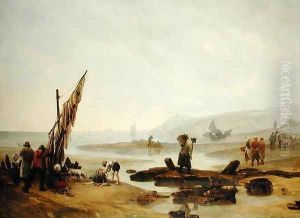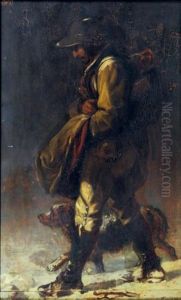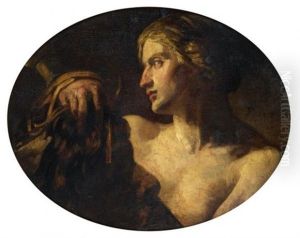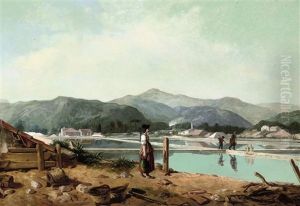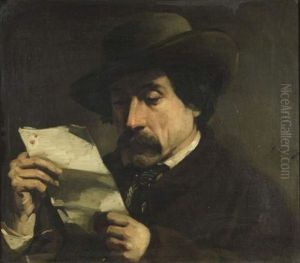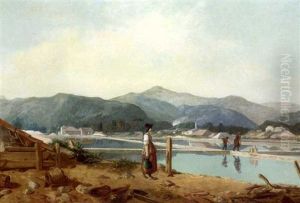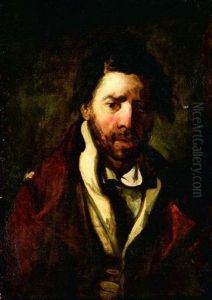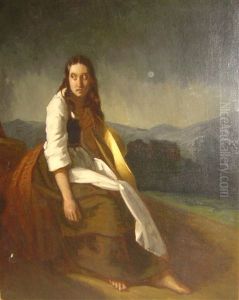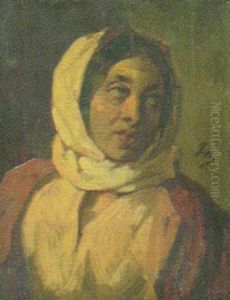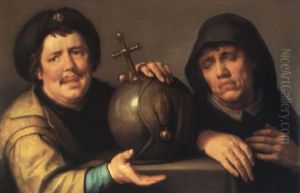Philippe Auguste Jeanron Paintings
Philippe Auguste Jeanron was a French painter and illustrator born on May 18, 1809, in Boulogne-sur-Mer, France. He is known for his involvement in the 19th-century French art world, both as an artist and as an administrator. Jeanron's artistic style was influenced by the Romantic movement, which emphasized emotion and individualism, as well as a glorification of the past and nature.
Jeanron began his career as a painter and initially gained recognition for his landscape and genre paintings. His works often depicted everyday life and the beauty of the French countryside, capturing the spirit of the Romantic era. He exhibited at the Paris Salon, the official art exhibition of the Académie des Beaux-Arts in Paris, which was a significant accomplishment for artists of that time. In addition to his painting, Jeanron was also an accomplished illustrator and contributed to various periodicals and books, providing a visual complement to the literary works of his era.
In 1848, during a period of political upheaval in France, Jeanron became involved in politics and was appointed the director of the national museums by the newly established Second Republic. This role put him in charge of institutions such as the Louvre and the Luxembourg Museum. As a director, he was responsible for significant reforms, including the decentralization of art by creating copies of masterpieces to be distributed throughout the provinces, making art more accessible to the public. Jeanron's belief in the democratization of art was a testament to his progressive views.
Despite his administrative duties, Jeanron continued to paint and remained involved in the artistic community. He was an advocate for artists' rights and sought to improve their social and economic conditions. His contributions to both the artistic and political spheres were indicative of the interconnectedness of art and social change during the 19th century.
Philippe Auguste Jeanron passed away on April 6, 1877, in Paris. Although he may not be as widely remembered as some of his contemporaries, his work as both an artist and a cultural administrator played a role in shaping the landscape of French art in the 19th century. His commitment to art education and public access to cultural resources has left a lasting impact on the way art is viewed and appreciated in France.
